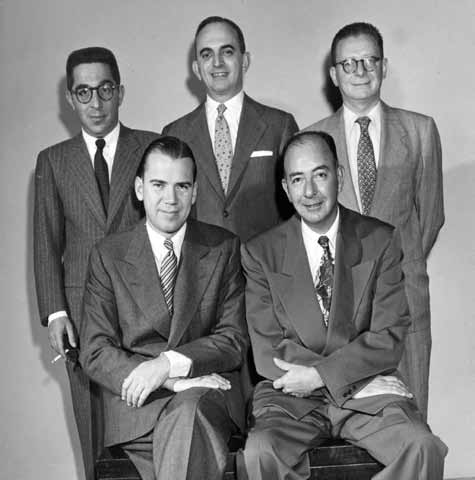Gainesville Sun – 14 Mar 1986
1. You are declarer with the West hand at Six Hearts and North leads the queen of diamonds. How would you play the hand?

2. You are declarer with the West hand at Three NoTrump and North leads the queen of diamonds, South playing the seven. Now would you play the hand?

⇓
⇓
⇓
⇓
⇓
⇓
⇓
⇓
⇓
⇓
1. You are declarer with the West hand at Six Hearts and North leads the queen of diamonds. How would you play the hand?

1. You are sure to make the contract — even if you lose a trump trick — provided the clubs are divided 2-2 or 3-1, because in that case your spade loser will eventually go off on dummy’s fifth club. The same is true if the clubs are divided 4-0, provided North has all four of them, because you can trap his Jack in that case and thus come home safely. The only real danger is that South has the J-9-8-6 of clubs, and you should therefore play the hand on the basis that, that is actually the case. Once you consign four clubs to South and none to North, it follows that North is far more likely to be longer in trumps than South.
Accordingly, at trick two, you should play the ace of hearts, planning to continue with a heart and finesse the ten. This method of play makes you about a 100 to 1 shot for the slam.
2. You are declarer with the West hand at Three NoTrump and North leads the queen or diamonds, South playing the seven. Now would you play the hand?

2. Let’s assume you duck the diamond queen and North continues with the six to South’s king. You win with the ace, and the question that arises is whether it is better to lead a spade to the queen at trick three or try to run the heart suit by cashing the A-K-Q in the hope of finding the suit divided 3-3.
There is no doubt that in the long run the winning play is to rely on the spade finesse rather than a 3-3 heart division. In theory, North is likely to be dealt the king of spades 10 percent of the time, whereas the hearts will be divided evenly only 36 percent of the time. And so, according to the law of probabilities, a spade play at trick three is more apt to prove successful than a heart play — and is therefore the play that is strongly advised. There is no good reason in this case to abandon the so-called percentage play. It is only fair to add that in situations like this the right play often turns out wrong, and the wrong play sometimes succeeds. But even so, in the long pull, it is much better to go along with the odds.
